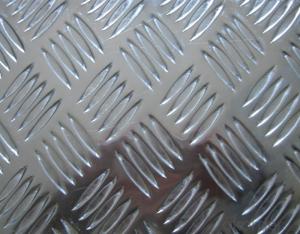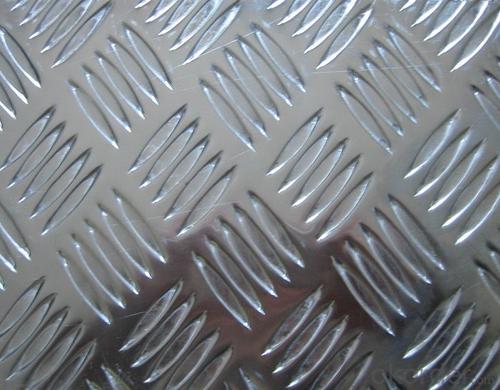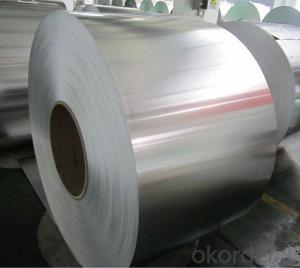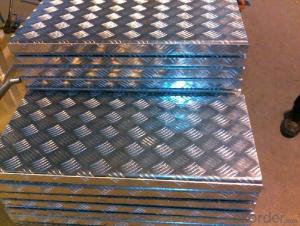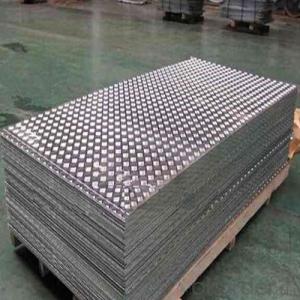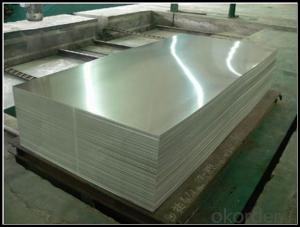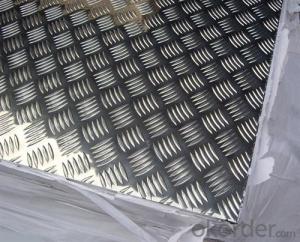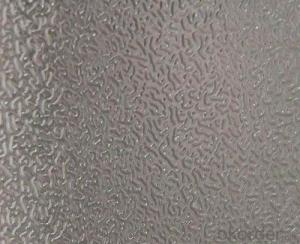Aluminum Embossed Sheet/Plate for Non-Slip Floor and Trailer Siding
- Loading Port:
- Shanghai
- Payment Terms:
- TT OR LC
- Min Order Qty:
- 2.5
- Supply Capability:
- 5000 m.t./month
OKorder Service Pledge
OKorder Financial Service
You Might Also Like
Specification
Aluminium Embossed Sheet/ Plate for Non-slip Floor
l Product Specification:
Serise and Temper | Alloys: 1060/1100/3003 ETC Temper: 0-H24 |
Thickness | 0.2mm - 10.0mm |
Treatment | Smooth surface ,and Needle Embossed |
Width & Length | Width:1000-1900mm or Custom Length:2000-6000mm or Custom |
Packing Detail | Export standard packing or according to customer's requirement. |
Technical Standard | GB/T 3880-2006 |
l Packaging & Delivery
Packaging detail: Standard seaworthy exporting carton, Wooden pallets, waterproof paper and plastic coverage or as customer's requirement
Delivery detail: about 20 days from received oiginal L/C or advance payment
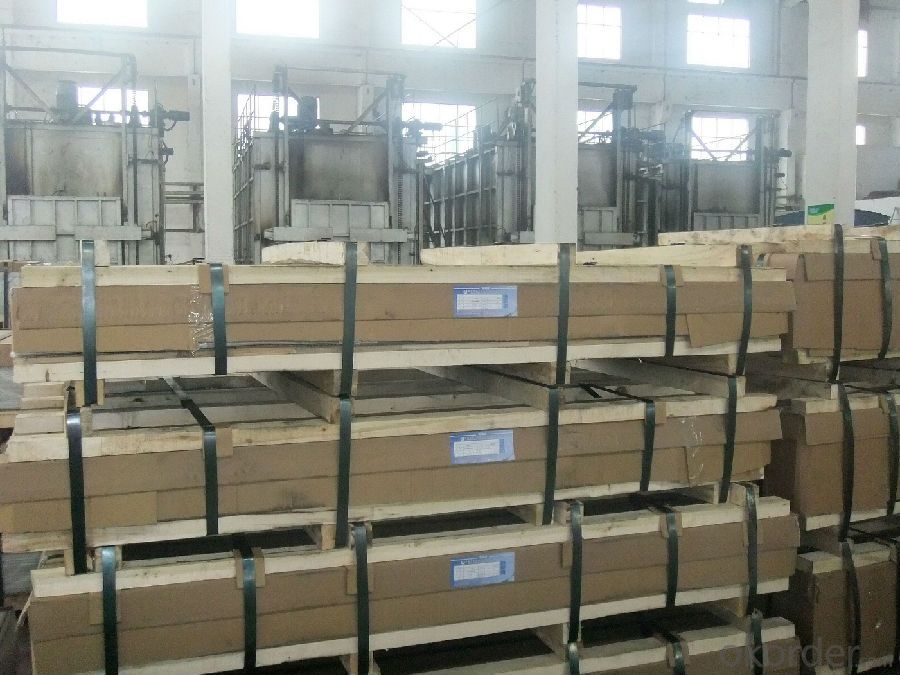
l Company Profile
CNBM International Corporation, China National Building Materials (Group) Corporation, is one of the largest companies in China building material & equipment industry, with 42,800 employees and sales in 2005 of US Dollar 4.395 billion. In 2006, China National Building Material Company Limited was listed on Hong Kong Stock Market with the stock code as 3323. |
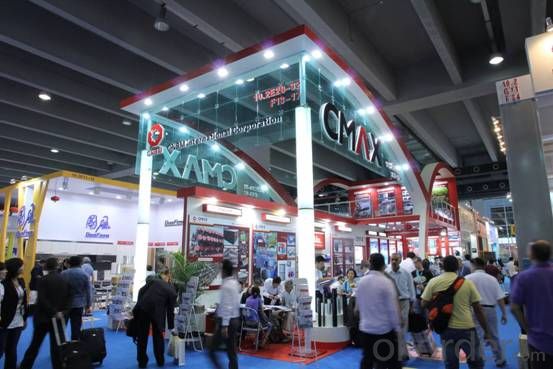
l CNBM World Wide
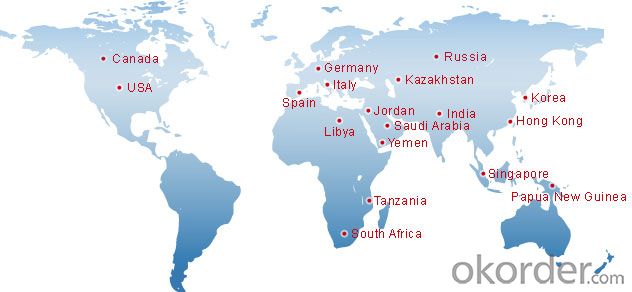
l Product Images
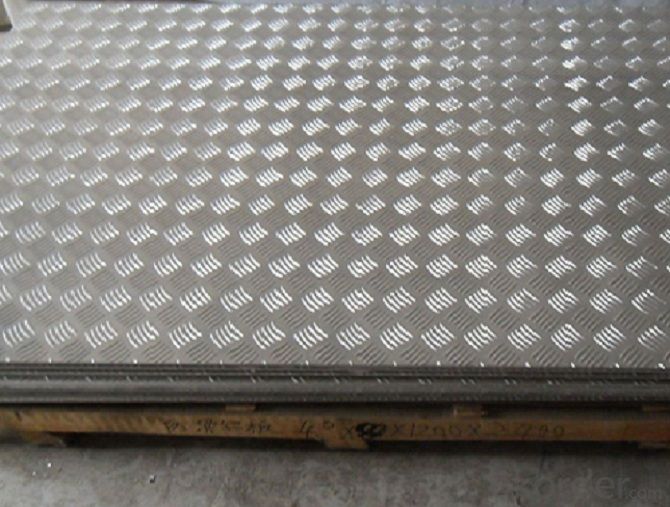
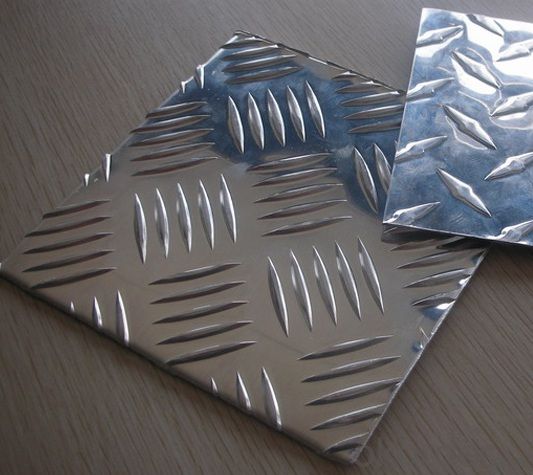
l Certificates
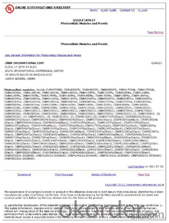
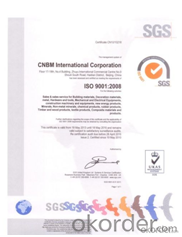
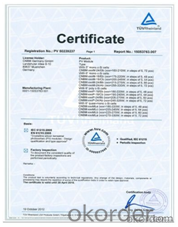
l FAQ
Q: Do you provide free samples?
A: Yes, free samples will be sent to you on freight at destination.
Q: Can I get your latest products catalogue?
A: Yes, it will be sent to you in no time.
Q: What is the MOQ?
A: 2.5 tons
Q: What are your payment terms?
A: We accept L/C, T/T.
- Q: Can 101 aluminum sheets be powder coated?
- Yes, 101 aluminum sheets can be powder coated.
- Q: Are aluminum sheets suitable for furniture manufacturing?
- Yes, aluminum sheets are suitable for furniture manufacturing. They are lightweight, durable, and resistant to corrosion, making them an excellent choice for various furniture applications. Additionally, aluminum can be easily shaped and fabricated, allowing for versatile designs and styles.
- Q: Is it possible to construct furniture using aluminum sheets?
- <p>Yes, you can use aluminum sheets to make furniture. Aluminum is a lightweight, durable, and corrosion-resistant material that is often used in modern furniture design. It can be easily shaped and welded, making it suitable for a variety of furniture pieces such as tables, chairs, and shelving. However, it's important to consider the design and structural integrity, as well as the finish and comfort, when creating furniture with aluminum. It's also advisable to use appropriate tools and techniques to ensure safety and quality in the construction process.</p>
- Q: what will happen when aluminum sheet is put into copper chloride solution?
- the chemical equation of the reaction, 2Al+3CuCl2=2AlCl3+3Cu, the phenomena when aluminum sheet is put into copper chloride solution: there is red solid generating on the surface of aluminum sheet.
- Q: Are aluminum sheets flammable?
- No, aluminum sheets are not flammable. Aluminum has a high melting point of 660 degrees Celsius (1220 degrees Fahrenheit) and is known for its non-combustible properties. It does not burn or support combustion, making it a preferred choice for various applications where fire resistance is important, such as in the construction industry.
- Q: What is the cost of aluminum sheets?
- The cost of aluminum sheets can vary depending on factors such as size, thickness, and quantity. It is best to check with suppliers or retailers for current pricing information.
- Q: Can aluminum sheets be easily shaped or bent into desired forms?
- Aluminum sheets possess the advantageous characteristic of being effortlessly malleable, allowing them to be shaped or bent into desired configurations. This high malleability of aluminum ensures that it can be easily manipulated without any risk of fracturing or breaking. Moreover, its low density and impressive strength-to-weight ratio deem it an optimal selection for numerous applications that necessitate shaping or bending. Various techniques, including press-braking, roll-forming, or utilization of specialized tools like a sheet metal brake, can be employed to shape or bend aluminum sheets. The simplicity associated with shaping or bending aluminum sheets has propelled its widespread adoption in industries such as automotive, aerospace, construction, and manufacturing, where customized forms and designs are frequently required.
- Q: Can aluminum sheets be used for decorative purposes?
- Yes, aluminum sheets can definitely be used for decorative purposes. Aluminum is a versatile and lightweight material that can be easily manipulated into different shapes, sizes, and designs. It can be painted, coated, or anodized in various colors to match any aesthetic preference. Aluminum sheets can be used as decorative panels, signage, wall cladding, ceiling tiles, and even in furniture design. Additionally, aluminum is resistant to corrosion, making it a durable option for both indoor and outdoor applications. Its reflective surface can also create a sleek and modern look in any space. Overall, aluminum sheets offer a wide range of possibilities for adding a decorative touch to any project.
- Q: Can aluminum sheets be used for aircraft manufacturing?
- Yes, aluminum sheets are commonly used in aircraft manufacturing due to their lightweight yet strong properties, making them ideal for constructing various components such as wings, fuselage, and structural parts. Aluminum's excellent corrosion resistance and high strength-to-weight ratio make it a preferred choice in the aerospace industry.
- Q: Can aluminum sheets be anodized?
- Aluminum sheets are capable of undergoing anodization, which is an electrochemical procedure responsible for generating a safeguarding oxide layer on the aluminum's surface. This particular layer amplifies the metal's resistance against corrosion, its endurance, and its overall appeal. Anodization is widely utilized in various industries, such as automotive, aerospace, and construction, in order to furnish aluminum sheets with a defensive coating and enhance their visual aesthetics. The process entails submerging the aluminum sheet into an acidic electrolyte solution and subsequently passing an electric current through it. As a result, oxygen ions merge with the aluminum atoms and construct the oxide layer. This layer can be further augmented by incorporating dyes or pigments, resulting in diverse colors and finishes. All in all, anodization proves to be an adaptable and efficient technique for treating aluminum sheets.
Send your message to us
Aluminum Embossed Sheet/Plate for Non-Slip Floor and Trailer Siding
- Loading Port:
- Shanghai
- Payment Terms:
- TT OR LC
- Min Order Qty:
- 2.5
- Supply Capability:
- 5000 m.t./month
OKorder Service Pledge
OKorder Financial Service
Similar products
Hot products
Hot Searches
Related keywords
